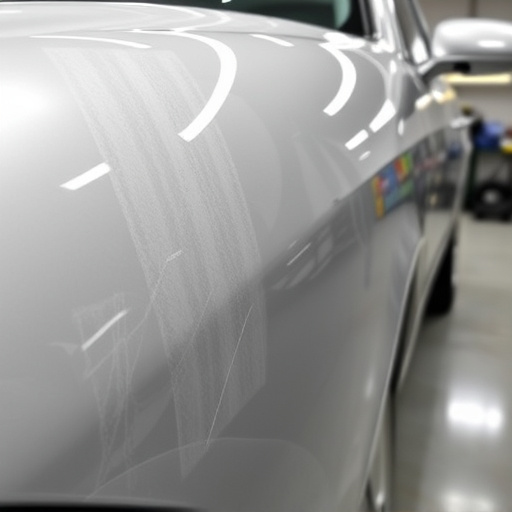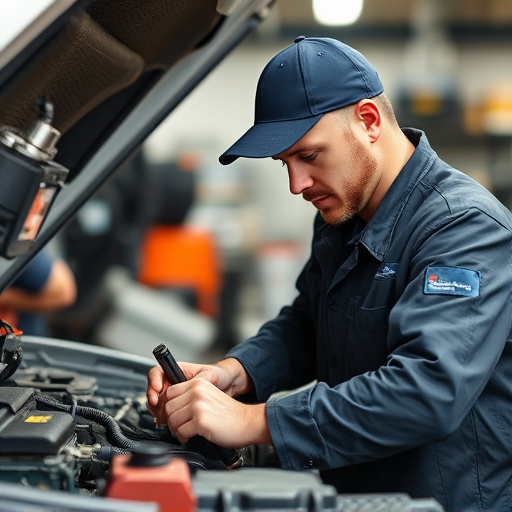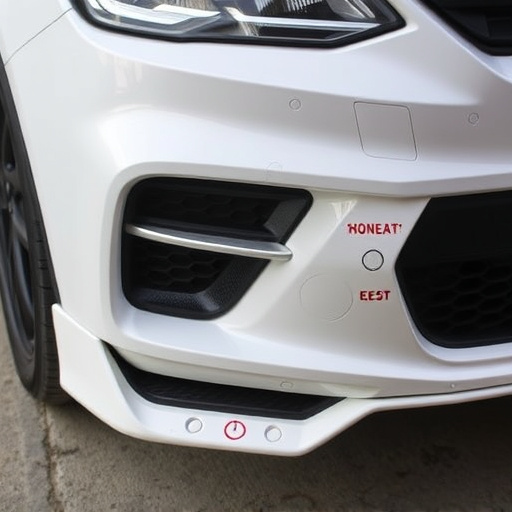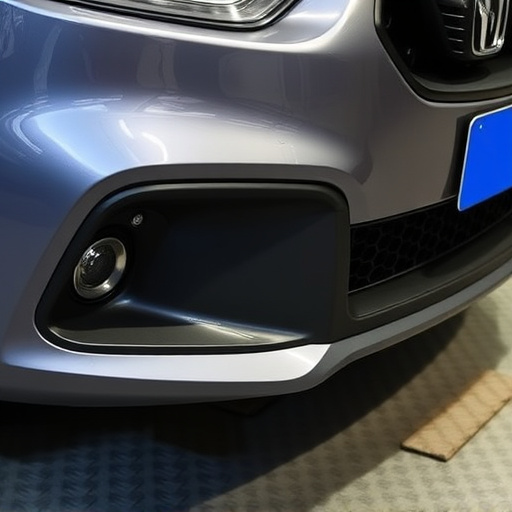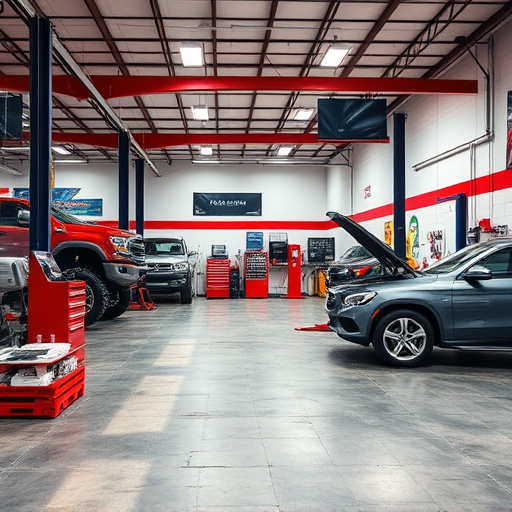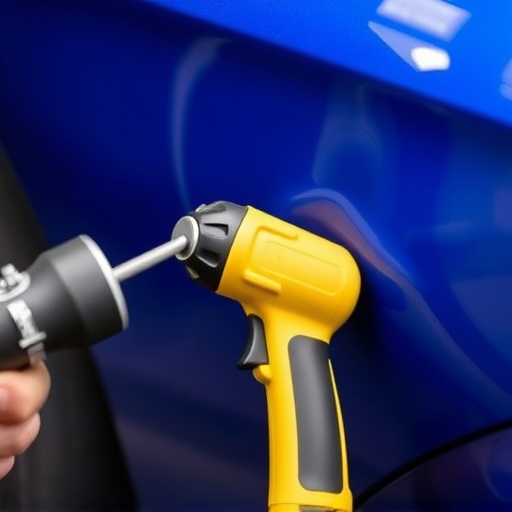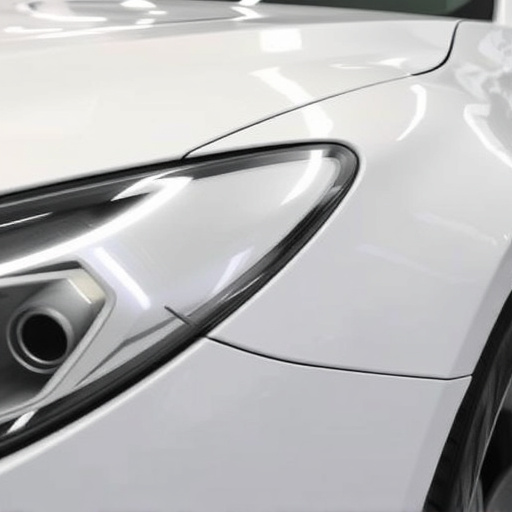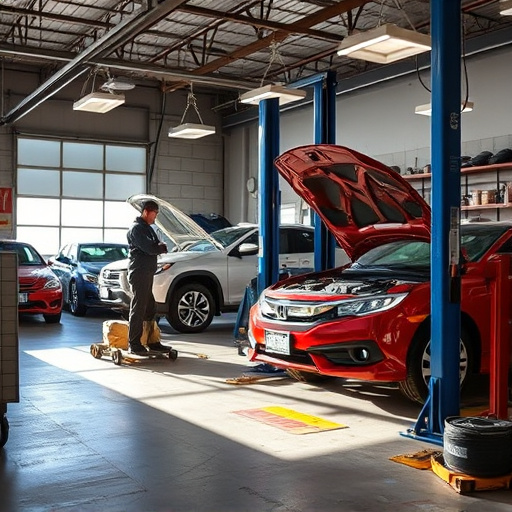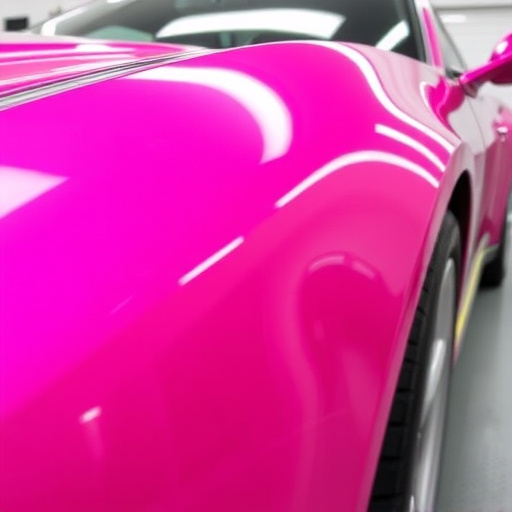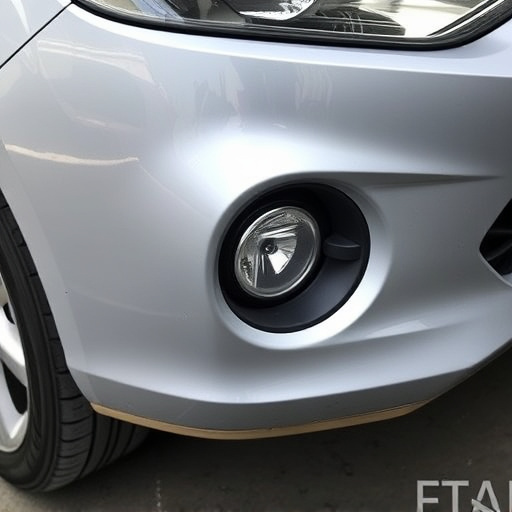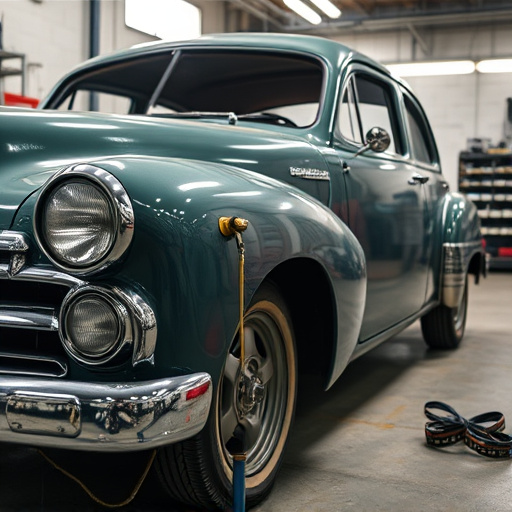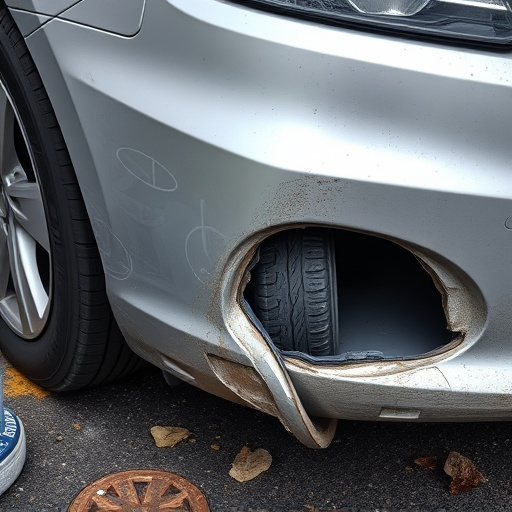Tri-coat paint repair faces challenges like blistering, color matching disparities, and delamination, especially in automotive and classic car settings. Preventative measures include thorough preparation, consistent environmental conditions, and high-quality materials. For color matching, professionals must inspect carefully, using specialized tools to achieve aesthetic harmony. Delamination management involves meticulous cleaning, degreasing, suitable primers, and repair techniques ranging from touch-up to extensive gap filling, ensuring long-lasting results with clear communication between restorers and mechanics.
In the realm of automotive aesthetics, tri-coat paint repair is an art that demands precision and expertise. This intricate process presents a unique set of challenges, from blistering issues marring the surface to consistent color matching dilemmas. Delamination, another hurdle, can compromise the repair’s integrity. This article navigates these common obstacles, offering insights on identifying and preventing blistering, achieving precise color matching, and understanding delamination problems, ultimately equipping professionals with strategies for successful tri-coat paint repairs.
- Identifying and Preventing Blistering Issues
- Achieving Consistent Color Matching Challenges
- Understanding and Overcoming Delamination Problems
Identifying and Preventing Blistering Issues

Blistering is a common issue that can arise during tri-coat paint repair work, particularly in automotive settings like bumper repair and Mercedes Benz collision repair. It’s characterized by small, raised bumps on the freshly painted surface, which can compromise the aesthetics and durability of the repair. To prevent this challenge, it’s crucial to start with proper preparation. This includes thoroughly cleaning the damaged area, ensuring all debris is removed, and using a suitable primer that promotes adhesion.
During the painting process, maintaining consistent temperature and humidity levels in the work environment is key. Extreme heat or moisture can cause the paint to dry too quickly, leading to blistering. Additionally, applying thin, even coats of paint, allowing adequate drying time between layers, and finishing with a high-quality topcoat can significantly reduce the risk. Auto body services that employ these preventive measures stand a better chance of achieving smooth, long-lasting results in their tri-coat paint repair work.
Achieving Consistent Color Matching Challenges
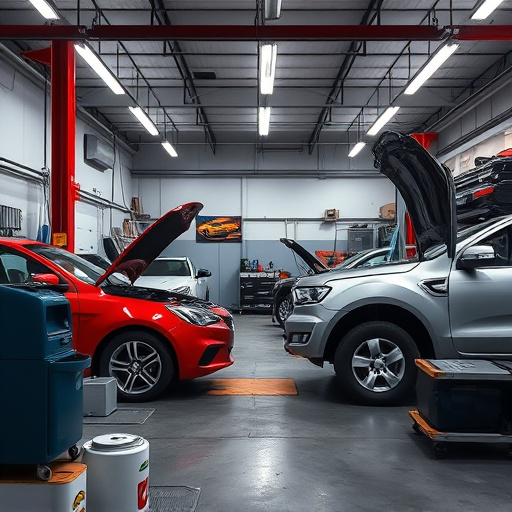
Achieving consistent color matching is one of the most significant challenges in tri-coat paint repair work. This intricate process involves applying three distinct layers—primer, color coat, and clear coat—each requiring meticulous attention to detail. Even the slightest variation in application or underlying surface conditions can lead to visible disparities in hue, shade, or tone, resulting in an unevening finish that compromises the overall aesthetic appeal of the vehicle.
Professionals in auto repair near me often face unique challenges when matching colors, especially with older vehicles where original paint might have faded or been damaged over time. Scratch repairs and paintless dent repairs, while effective solutions for minor damage, can also introduce variations in the paint surface that impact subsequent color matching efforts. Skilled technicians must carefully inspect and prepare the affected area to ensure a seamless blend, utilizing specialized tools and techniques to achieve a flawless tri-coat finish.
Understanding and Overcoming Delamination Problems
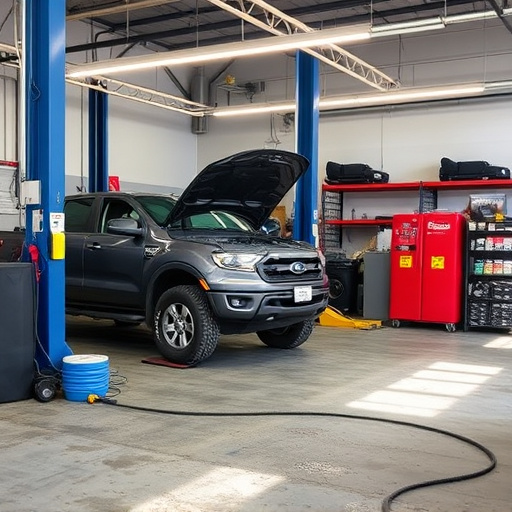
Delamination, a common issue in tri-coat paint repair, occurs when the top layers of paint peel away from the underlying surface due to weak adhesion or environmental factors. This problem is particularly prevalent in classic car restoration projects, where age and previous repairs can weaken the bond between coats. Understanding delamination requires an in-depth knowledge of paint composition and application techniques. Proper preparation, including thorough cleaning, degreasing, and using appropriate primers, is crucial to establishing a robust foundation for subsequent coatings.
Overcoming delamination involves careful inspection to identify the extent of damage. Repair methods range from touch-up work with matching tri-coat paint to more extensive repairs that may include sanding, filling, and refilling gaps. In car collision repair scenarios, addressing delamination promptly prevents further damage and ensures a smooth, durable finish when reassembling the vehicle. Effective communication between restorers and mechanics is vital to managing expectations and achieving a high-quality, long-lasting classic car restoration.
In the realm of tri-coat paint repair, addressing blistering, color matching, and delamination challenges is paramount for achieving a professional finish. By identifying and preventing blistering issues through meticulous preparation and surface treatment, technicians can ensure consistent color matching across all three coats. Understanding delamination problems and employing appropriate adhesives and sealing techniques allows for lasting bond strength, enhancing the durability of the repair work. Mastering these skills ensures high-quality tri-coat paint repairs that stand the test of time, revitalizing vehicles to their fullest aesthetic potential.
